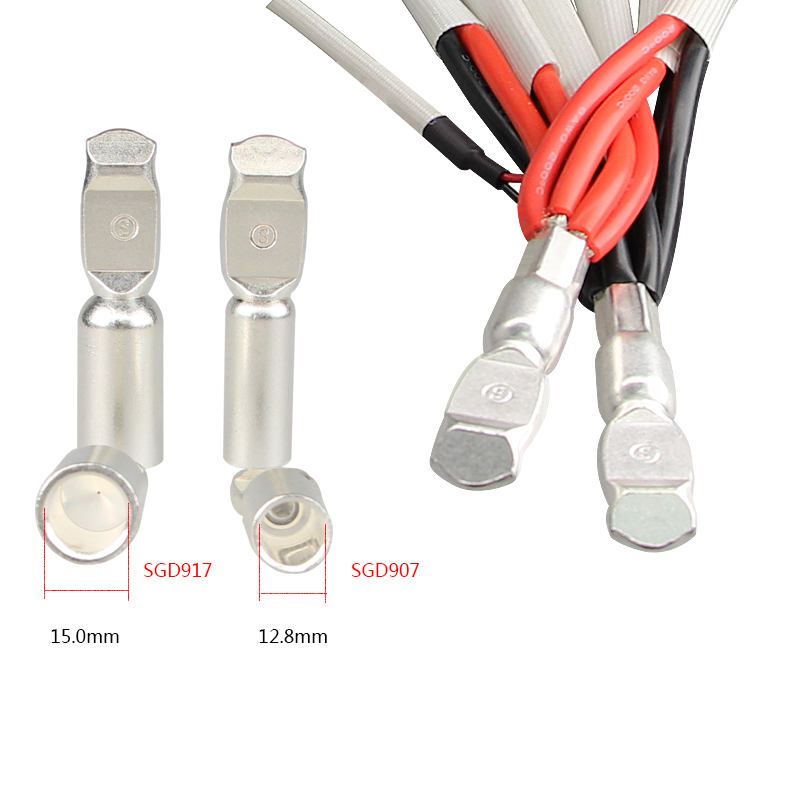
The specifications and types of Anderson connector terminals are incredibly diverse. When selecting the appropriate Anderson connector terminals for your application, several key criteria need consideration. DMIC explains a few steps to guide you in choosing the right Anderson connector terminals. Here's a helpful tip to enhance your understanding of some connector characteristics.

1. **Remember the Performance Requirements of Anderson Connector Terminals**
When selecting Anderson connector terminals, clarify your requirements. For example, how many signals in total? What current, frequency, and voltage do they carry? Questions about connector signal requirements, whether analog, digital, or a combination, impact connector type, pin arrangement, and wiring. High-frequency signals may require coaxial connections, while low-level analog signals may need shielding.
Additionally, certain signal combinations may not coexist in the same connector. If high-voltage pins are involved, considerations may be needed for creepage distance and gap spacing. If a high-current path exists, multiple pins and larger wires may be necessary, potentially requiring a customized solution based on unique cases and design requirements.
2. **Consider the Rated Current and Operating Voltage of Required Anderson Connector Terminals**
Rated current is the most crucial criterion for selecting terminal connectors. It measures the amount of current the mating terminals can carry. Ideally expressed in amperes per circuit, it should be based on the temperature rise of adjacent terminals, depending on the given housing. The number of internal circuits adjusts or reduces the current.

3. **Check the Space Constraints of Anderson Connector Terminals**
As available space diminishes, the size and weight of Anderson connector terminals also decrease. However, their ability to withstand increased plug-and-play frequency has significantly improved. Therefore, you may need to explore more options in Anderson connector terminals based on what is applicable to your project and its design requirements.
4. **Verify the Operating Temperature Range of Anderson Connector Terminals**
Most electrical connectors are affected by extreme conditions such as vibration and impact. Cables and Anderson connector terminals designed for extreme conditions and hazardous environments possess special features to resist vibration and impact and withstand extreme temperatures. Thus, you can choose suitable Anderson connector terminals based on their location, proximity to heat sources, operating temperature, and plug-and-play frequency.



SHENZHEN DMIC CO.LTD
Office Add:No.1408, Building 8, Qianhai Kexing Science Park, Xixiang Street Baoan District, Shenzhen China(518102)
Blog
sitemap
Privacy Policy
XML
© 2024 Shenzhen DMIC Co.,LTD. All Rights Reserved .  network supported
network supported